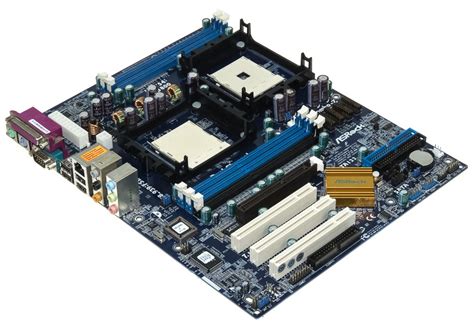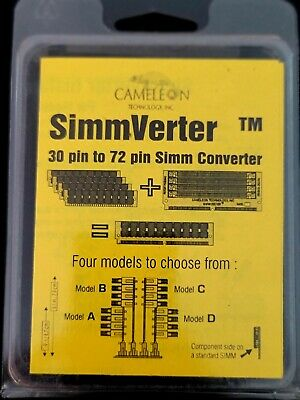CAD4466HK
2[H]4U
- Joined
- Jul 24, 2008
- Messages
- 2,701
I'm surprised that Biostar didn't come up with this first. Take that scalpers!
https://www.anandtech.com/show/17136/asus-demonstrates-ddr5-to-ddr4-converter-card
https://www.anandtech.com/show/17136/asus-demonstrates-ddr5-to-ddr4-converter-card
![[H]ard|Forum](/styles/hardforum/xenforo/logo_dark.png)


